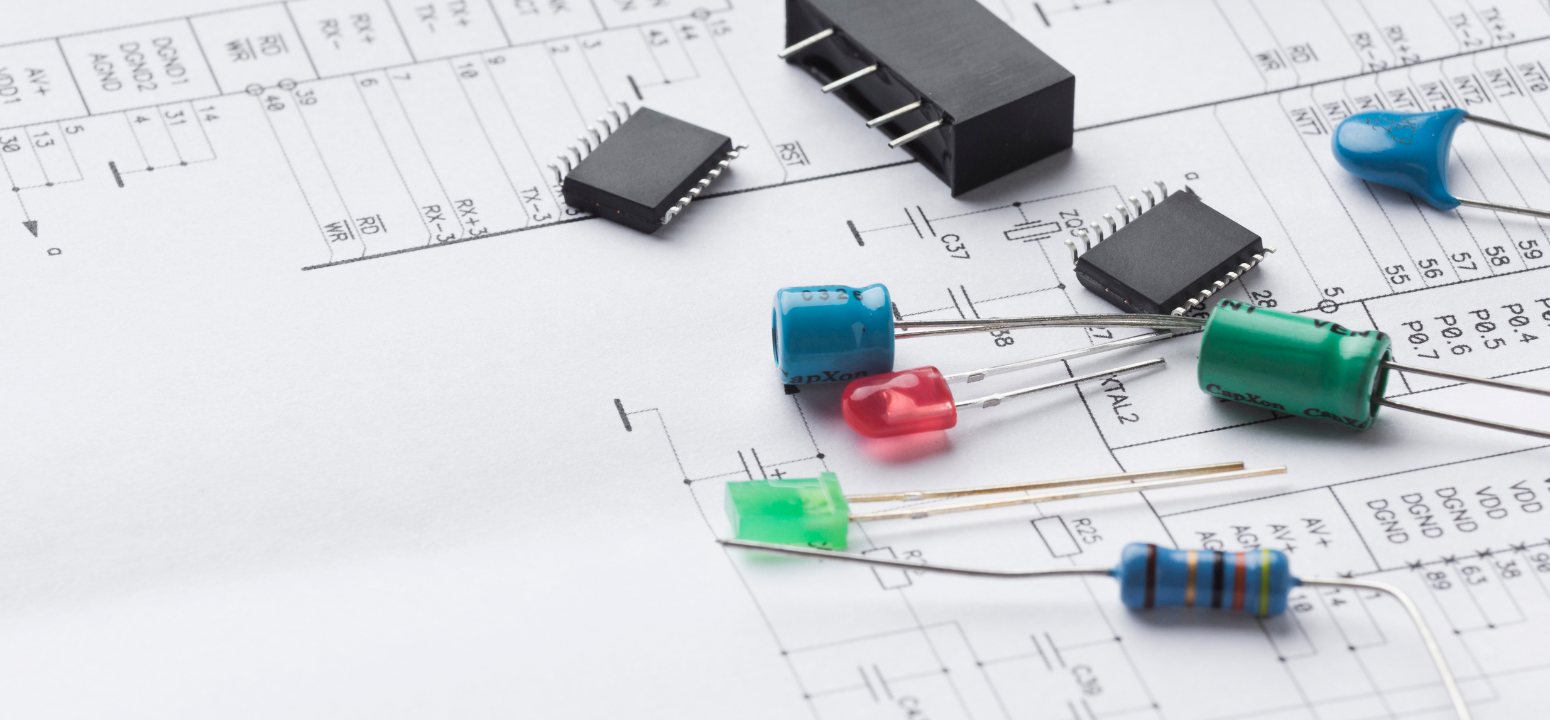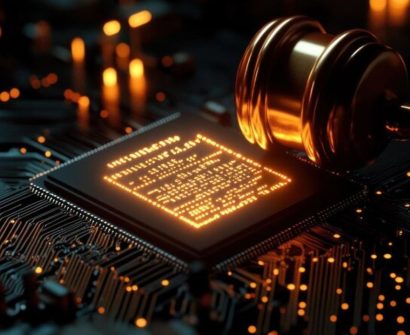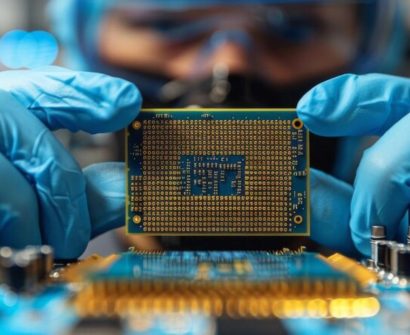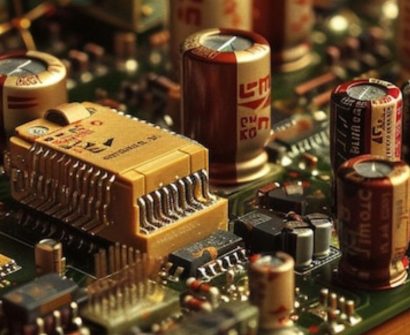
Introduction:
In the realm of Very Large Scale Integration (VLSI) design, every square nanometer of silicon real estate matters. As chip designers strive to create more compact, efficient, and high-performance integrated circuits, they often encounter challenges related to power consumption, signal integrity, and overall functionality. One crucial aspect of VLSI design that addresses these challenges is the concept of PVT Corners in VLSI. In this blog post, we will delve into the significance of private corners in VLSI and explore how they play a pivotal role in achieving optimal chip performance.
Understanding Private Corners: Pvt corners in VLSI refer to specific operating conditions or modes in which a particular block or section of a chip operates optimally. These conditions are tailored to the unique requirements and characteristics of each functional block, ensuring that the chip functions efficiently across various scenarios. Each block may have its own set of parameters, including voltage, frequency, and temperature, that are distinct from the global operating conditions of the entire chip.
Why Private Corners Matter:
- Power Efficiency: One of the primary objectives in modern VLSI design is to minimize power consumption. Private corners allow designers to optimize power usage by adjusting operating parameters specifically for each block. This fine-grained control over power settings contributes to overall energy efficiency.
- Performance Optimization: Different functional blocks within a chip may have varying performance requirements. Pvt corners in VLSI enable designers to customize operating conditions to meet the specific performance needs of each block. This ensures that critical sections of the chip operate at their maximum potential without compromising overall chip functionality.
- Signal Integrity: As chip designs become more complex, maintaining signal integrity is a constant challenge. Private corners help address signal integrity issues by allowing designers to fine-tune parameters such as voltage levels and signal timing for specific blocks. This ensures reliable data transmission and reception within the chip.
- Thermal Considerations: Heat dissipation is a significant concern in VLSI design. Private corners allow designers to manage thermal issues by customizing operating conditions. By adjusting voltage and frequency settings for individual blocks, designers can distribute heat more evenly across the chip, preventing localized hotspots.
Implementation Challenges:
While private corners offer significant advantages, their implementation comes with its set of challenges. Coordinating and managing multiple private corners within a single chip requires sophisticated design tools and methodologies. Designers must consider interactions between different corners, ensuring that transitions between modes are seamless and do not compromise overall chip stability.
Conclusion:
In the ever-evolving landscape of VLSI design, achieving the delicate balance between power efficiency, performance optimization, and signal integrity is paramount. Private corners emerge as a vital tool in this pursuit, allowing chip designers to tailor operating conditions for individual blocks. As technology continues to advance, the effective utilization of private corners will remain a key strategy in creating cutting-edge and energy-efficient integrated circuits. The ability to navigate the intricacies of Pvt Corners in VLSIcorners is not just a skill but a necessity for designers pushing the boundaries of what is possible in the world of VLSI.
To know more about VLSI Course , SuccessBridge VLSI training institute. You can begin your VLSI career by enrolling in the placement-assisted live courses available at SuccessBridge We offer various VLSI online courses. We offer VLSI Physical Design course, Design Verification course, DFT Training,Chip design course many more. Explore VLSI Courses From The Leaders In VLSI Training
Also Read: A Walkthrough VLSI Physical Design Engineer Salary In India.







Uzm Ayub
I want to know about design verification course